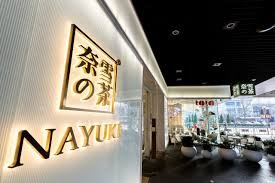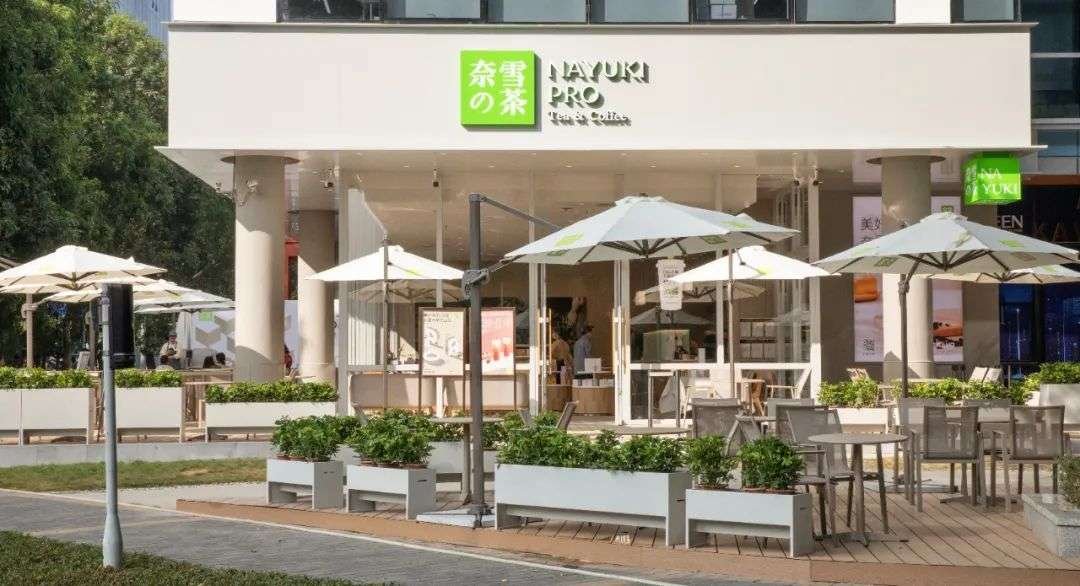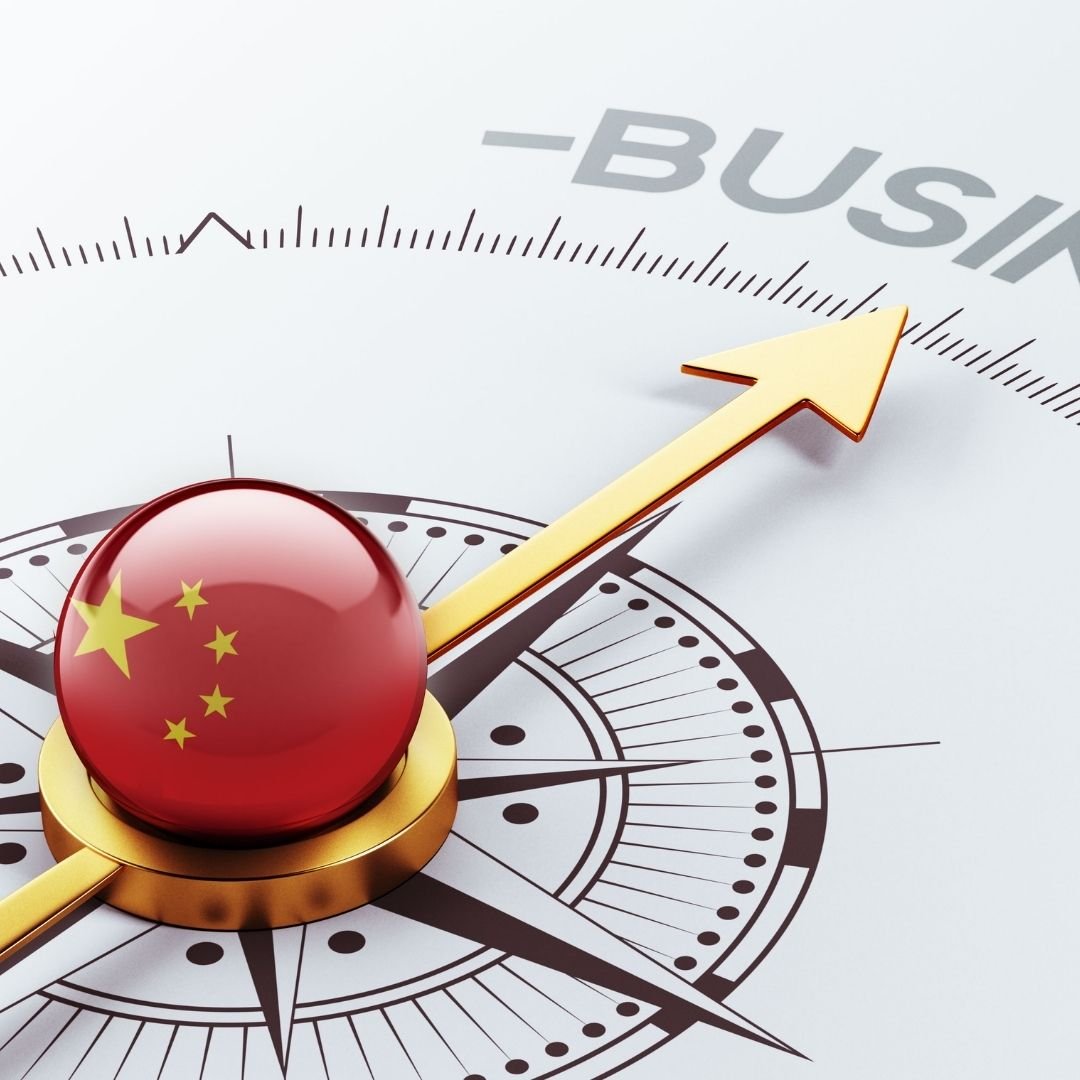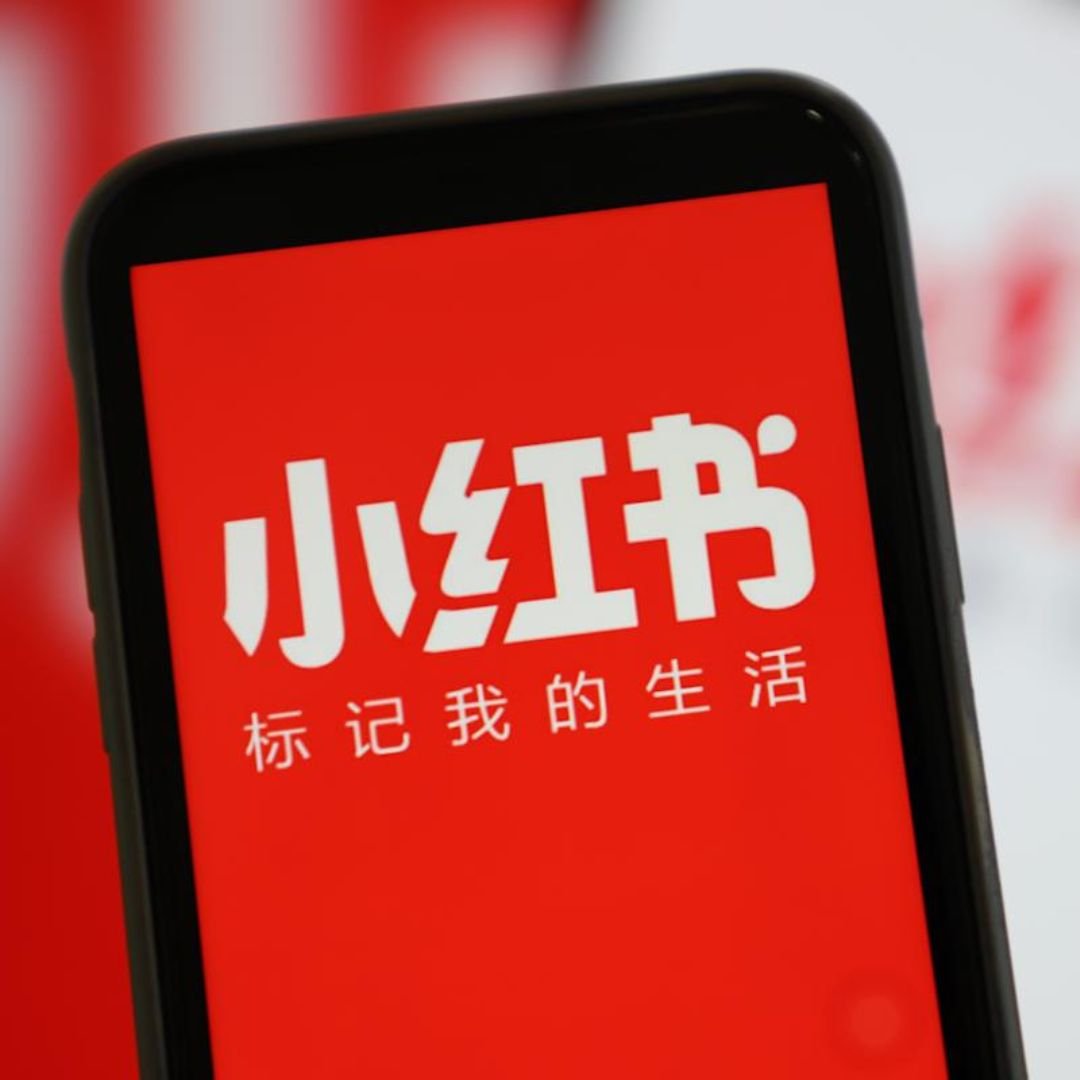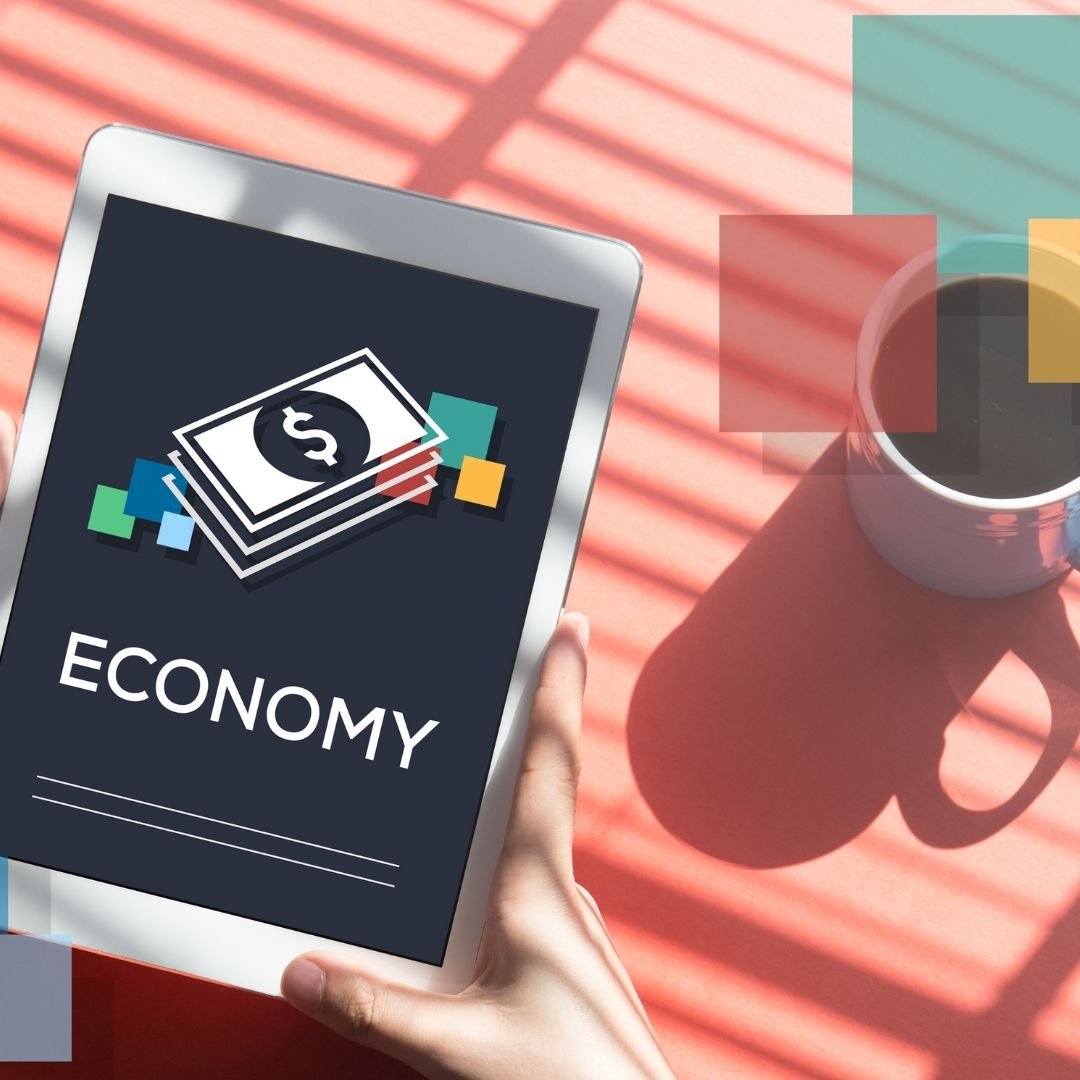Naixue beats Heytea to IPO. The prospectus is here.
Note: This isn’t quite tech … but the newest generation of consumer / retail brands in China operate with so much digital savviness and share many of the same investors as pure tech companies, so I’ll include a brief note here. In addition, this is a legitimately hot company … branding wise, anyway. Financially? I’ll let you make your own decision.
Claim to fame: first in China to make freshly brewed tea drinks with fresh fruit and the first to innovate the concept of pairing freshly-made tea drinks with handcrafted freshly baked goods in China.
“New tea drinks” (ie milk teas and others of these “modern tea drinks”) are a $68Bn market (as published in a study sponsored by Naixue, so I’ll let you take that with a grain of salt), more than double that of the coffee market in China. That feels intuitively correct though.
A naixue store
Naixue products.
Company Background:
Founded by husband and wife duo DENG Bin (age 39) and PENG Xin (age 33) in 2015. I tweeted about their “love story” here. DENG has a F&B operations background (GM of conveyor belt sushi chain Genki Sushi), PENG is just a girl with some marketing experience (at Kingdee and media companies) and a dream of opening up her own cafe (who doesn’t?!). They supposedly declined Kathy Xu of Capital Today for investment.
“girl is looking for cofounder, needs F&B exp, F&B guy thinks it’s a date, says I have a solution for you to succeed, become my girlfriend.” 😆
As of Sept. 30, 2020
-
422 teahouses (420 in mainland China, 1 in Hong Kong, 1 in Japan). First shop was opened in November 2015 in Shenzhen. (Prospectus adds that over 500 stores by 2021 in 70 cities.)
-
303 stores (or 72%) are in 1st tier and new 1st tier cities.
-
$300mm revenue for first 9 months of 2020. 75% came from 1st tier & new 1st tier cities. Same-store profit has dropped from 25% in 2018 to 12.6% for first 9 months of 2020 due to the pandemic (Q3 2020 is 18% though so they’re arguing for recovery).
-
17.7% market share (vs 25% for Heytea).
-
Gross profit is ~62%, net profit is probably ~5% (I’m just putting back D&A).
-
41% of revenue came from mini programs (WeChat, Alipay) and Nayuki app. 29% from online ordering platforms. 30% are in-store cashier.
-
Average order of $6.66 (pretty consistent across different tiers of cities).
-
Menu consists of 25 core tea drinks + 25 baked goods. 77% of revenues are from tea drinks.
-
New drinks launched at rate of 1 per week, 60 seasonal products launched since 2018. Obviously, foreign brands cannot compete with this pace of product launch, much as we saw with cosmetics / Yatsen (Tech Buzz Ep. 79).
-
29mm members, ~50% of orders contributed by members.
-
5% of revenues (63 teahouses) are sub-brand Tai Gai.
-
Jan. 2021: Raised $100mm in a Series C at ~$2Bn valuation led by PAG. First few rounds by Tiantu, a venture fund focused on consumer investments.
-
In Q4 2020, they started experimenting with a new concept called Naixue PRO. It’s still a fairly large sized store with but located either in office buildings or apartment complexes (instead of your typical retail center) and so focuses on delivering even more SKUs ie coffee & other light snacks. The experience is still very premium. Notably, this is different from competitor Heytea, who has opened up lower price point & smaller footprint stores in their efforts to expand.
My Thoughts:
-
Your key takeaway here should really be that urban China is ready to spend on premium food and drink, especially if they are delivered in an Instagram-able environment like Nayuki. Competitor Heytea has an even higher AOV, estimated at $8.
-
These might be offline stores, but most sales (70%) are conducted through apps. “Digitization” is a huge deal for these brands, who seek to use it to lower customer acquisition and retention cost. Supposedly over 100 people at Naixue work on this aspect of the business. No doubt every business in China will have to be highly savvy at this.
-
I do think that the foreign retail brands who largely had the market to themselves due to superior product quality, design and user experience will find themselves fending off increasingly tough domestic competition. Luckin was a scam, but there are plenty of others lusting after the success of Starbucks, Yum and others. With luxury brands, as we discussed on a Tech Buzz Webinar with the Asia-Pacific head of Stella McCartney last year, there is at least “the history” that is difficult to copy. With food … way less of a barrier.
Any of you have different takeaways / observations / insights?

